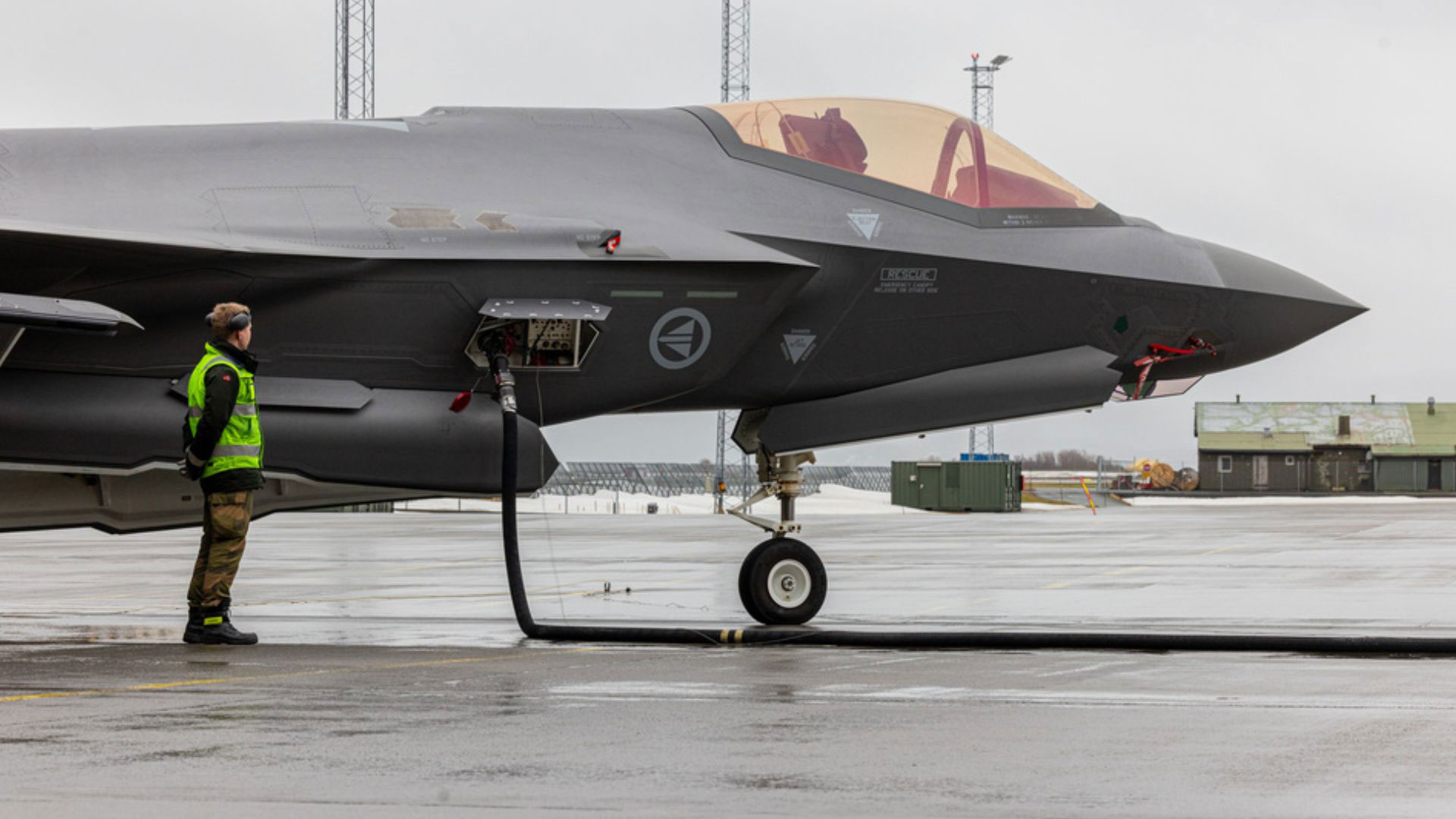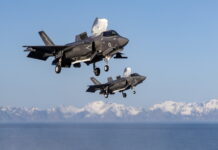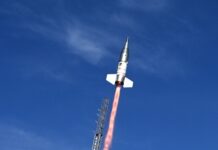Lockheed Martin has recently approved the use of synthetic aviation turbine fuels (SATFs) in the F-35 Lightning II Joint Strike Fighter, the company announced on 16 January 2025.
The new fuel sources will improve readiness by reducing reliance on the extended supply chain, Lockheed Martin noted.
“Lockheed Martin is committed to ensuring the F-35 is always ready for any customer mission,” Chauncey McIntosh, vice president and general manager of the F-35 programme at Lockheed Martin, was quoted as saying in a company press release. “Adding new fuel sources helps make this happen by diversifying the supply chain while maintaining operational excellence. As the cornerstone of the joint fleet, the F-35 will continue to lead the US and allied air dominance mission for decades to come.”
Approval for the use of SATF allows F-35s to operate with synthetic blends at currently approved limits of up to 50%, depending on the type of raw materials and production pathway, combined with conventional jet fuel.
Lockheed Martin says it completed comprehensive technical and strategic analysis to ensure SATFs meet the strict performance and reliability standards required for the F-35’s complex, high-demand missions.
The integration of SATFs supports the US Department of Defense’s objectives for energy substitution and diversification while enhancing energy resilience and operational flexibility.
SATFs are derived from various raw materials, including fossil-based sources such as coal and natural gas, as well as renewable or sustainable sources like waste oils, agricultural residues and other non-fossil-based sources.













![Pilots for soldiers A US Soldier assigned to 2nd Brigade Combat Team, 101st Airborne Division operates the Kraken during exercise Spectrum Blitz 25 at the Hohenfels Training Area, Germany, on 11 April 2025. [US Army/Sgt Collin Mackall]](https://euro-sd.com/wp-content/uploads/2025/09/Spectrum-Blitz-25-US-ArmySgt-Collin-Mackall-Kopie-218x150.jpg)
![Hypersonic weapon interceptor developments The US MDA plans to conduct Flight Test Aegis Weapon System-43 (FTM-43) with the goal of using an upgraded Standard Missile-6 (SM-6) to physically intercept an HTV-1 hypersonic target. [MDA]](https://euro-sd.com/wp-content/uploads/2025/09/SM-6-_-8314132-Kopie-218x150.jpg)